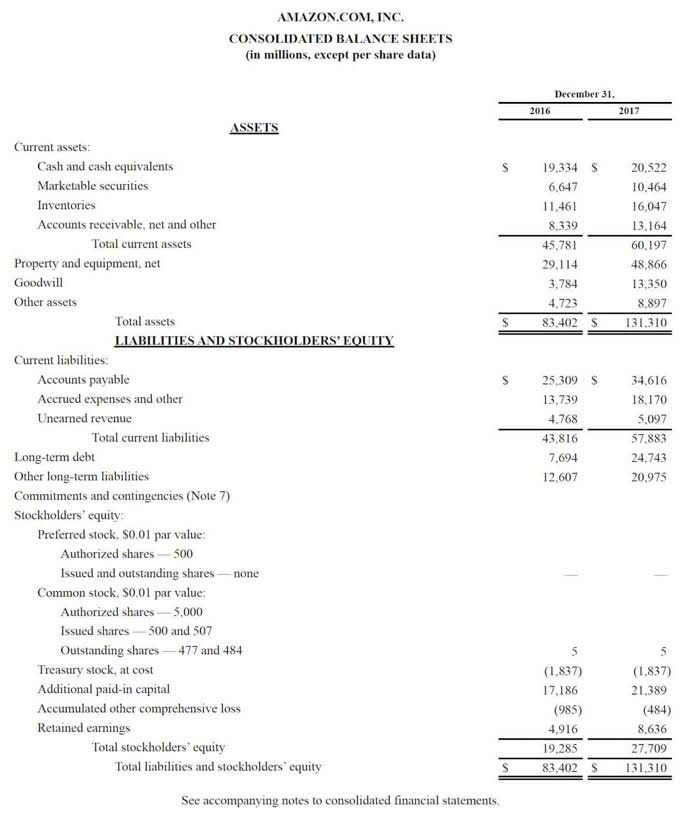
However, after the stock dividend, the market value per share reduces to $18.18 ($2Million/110,000). Thus, stock dividends lead to the transfer of the amount from the retained earnings account to the common stock account. Thus, retained earnings are the profits of your business that remain after the dividend payments have been made to the shareholders since its inception. So, each time your business makes a net profit, the retained earnings of your business increase. Likewise, a net loss leads to a decrease in the retained earnings of your business. Once your cost of goods sold, expenses, and any liabilities are covered, you have to pay out cash dividends to shareholders.

Retained Earnings Formula: Definition, Formula, and Example
Can Mixed Fundamentals Have A Negative Impact on GWA Group Limited (ASX:GWA) Current Share Price Momentum? – Yahoo Finance
Can Mixed Fundamentals Have A Negative Impact on GWA Group Limited (ASX:GWA) Current Share Price Momentum?.
Posted: Sat, 11 Nov 2023 08:00:00 GMT [source]
Also, this outflow of cash would lead to a reduction in the retained earnings of the company as dividends are paid out of retained earnings. Beginning Period Retained Earnings is the balance in the retained earnings account as at the beginning of an accounting period. That is the closing balance of the retained earnings account negative retained earnings as in the previous accounting period. For instance, if you prepare a yearly balance sheet, the current year’s opening balance of retained earnings would be the previous year’s closing balance of the retained earnings account. The first figure in the retained earnings calculation is the retained earnings from the previous year.
Real Company Example: Coca-Cola Retained Earnings Calculation
Negative retained earnings are a sign of poor financial health as it means that a company has experienced losses in the previous year, specifically, a net income loss. Revenue, sometimes referred to as gross sales, affects retained earnings since any increases in revenue through sales and investments boost profits or net income. As a result of higher net income, more money is allocated to retained earnings after any money spent on debt reduction, business investment, or dividends.
Everything You Need To Master Financial Modeling
Here, we’ll focus on what negative retained earnings mean and what they indicate for the success of your business. Retained earnings are the portion of a company’s net income that management retains for internal operations instead of paying it to shareholders in the form of dividends. In short, retained earnings are the cumulative total of earnings that have yet to be paid to shareholders. These funds are also held in reserve to reinvest back into the company through purchases of fixed assets or to pay down debt.

They are a measure of a company’s financial health and they can promote stability and growth. One way to assess how successful a company is in using retained money is to look at a key factor called retained earnings to market value. It is calculated over a period of time (usually a couple of years) and assesses the change in stock price against the net earnings retained https://www.bookstime.com/bookkeeping-services/dallas by the company. In the final step of building the roll-forward schedule, the issuance of dividends to equity shareholders is subtracted to arrive at the current period’s retained earnings balance (i.e., the end of the period). The dotted red box in the shareholders’ equity section on the balance sheet is where the retained earnings line item is recorded.

- The beginning period retained earnings appear on the previous year’s balance sheet under the shareholder’s equity section.
- In simple words, the retained earnings metric reflects the cumulative net income of the company post-adjustments for the distribution of any dividends to shareholders.
- Conversely, when total liabilities are greater than total assets, stockholders have a negative stockholders’ equity (negative book value) — also sometimes called stockholders’ deficit.
- Further, the retained earnings could be spent on outstanding loans, mergers and acquisitions, or improving infrastructure.
- Reducing debt with your retained earnings is an excellent way to get into a healthy financial standing and reduce liabilities.
- This usually gives companies more options to fund expansions and other initiatives without relying on high-interest loans or other debt.
- Ultimately, the company’s management and board of directors decides how to use retained earnings.
- Depending on how your company decides to manage its finances, you might create a combined statement of retained earnings and income or a separate statement with only the company’s retained earnings.
- Shareholders equity—also stockholders’ equity—is important if you are selling your business, or planning to bring on new investors.
- Similarly, in case your company incurs a net loss in the current accounting period, it would reduce the balance of retained earnings.
- If a young company like this can afford to distribute dividends, investors will be pleasantly surprised.
No comment